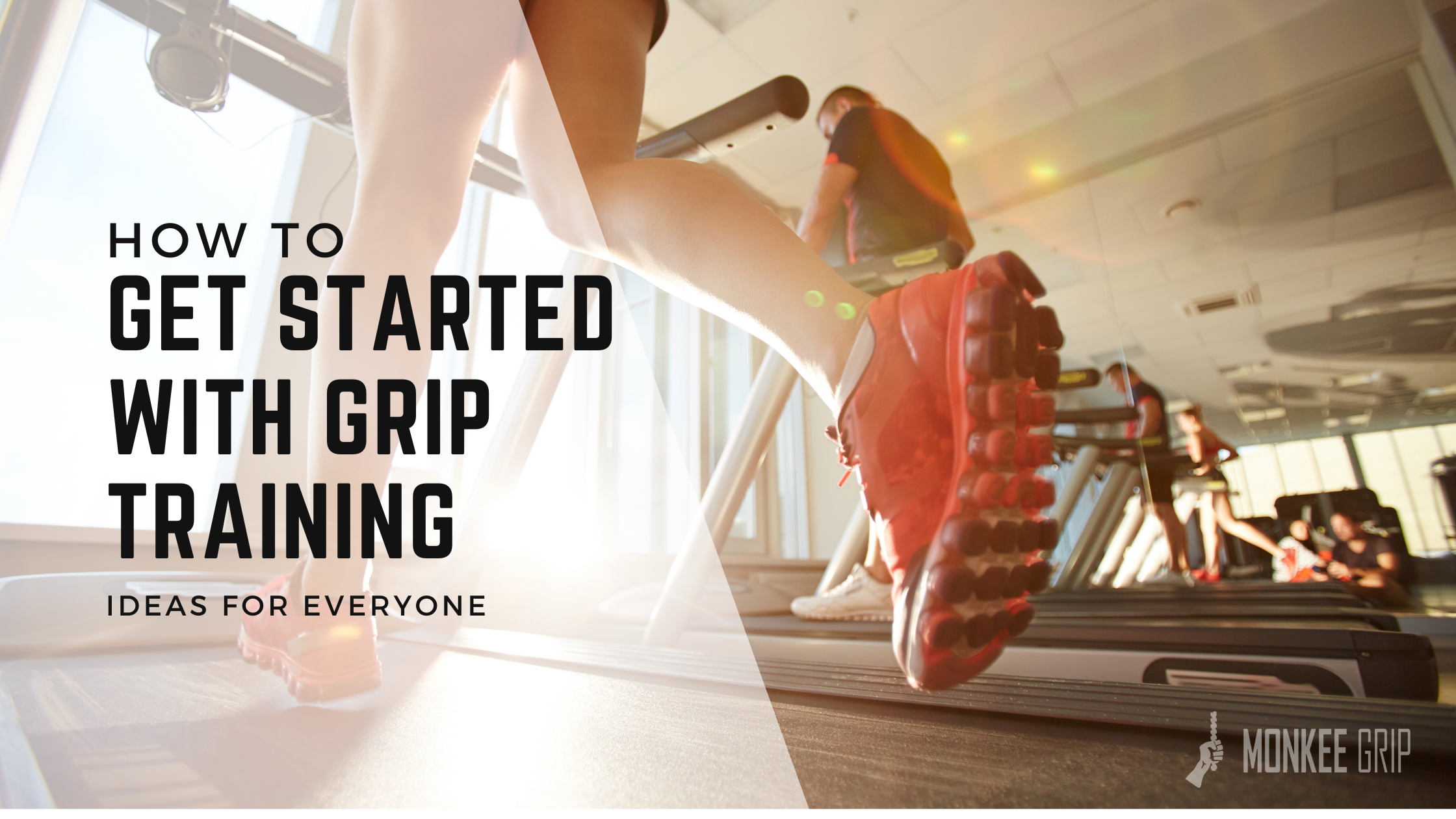Article: How to: Getting Started with Grip Training

How to: Getting Started with Grip Training
Are you looking to strengthen your grip for improved performance in sports, fitness, or everyday activities? Grip training is a valuable component of overall strength and can benefit individuals of all fitness levels. Whether you're a beginner or an experienced athlete, here are some tips to help you get started with grip training:
1. Before beginning, assess your grip strength: Before diving into a grip training regimen, it's essential to assess your current grip strength. You can use various grip strength tests or exercises, such as holding onto a pull-up bar. This is called a bodyweight dead hang. 0-30 seconds is below average, 30-60 seconds is average and anything over 1 minute is excellent. I have seen some kids hold a dead hang for over 30 minutes. Another way to measure your grip is with the use of grippers.
1. Before beginning, assess your grip strength: Before diving into a grip training regimen, it's essential to assess your current grip strength. You can use various grip strength tests or exercises, such as holding onto a pull-up bar. This is called a bodyweight dead hang. 0-30 seconds is below average, 30-60 seconds is average and anything over 1 minute is excellent. I have seen some kids hold a dead hang for over 30 minutes. Another way to measure your grip is with the use of grippers.

2. Choose the Right Equipment: There are many tools and equipment options available for grip training, including hand grippers, Monkee Grips, dumbbells, and thick bars. Select equipment that suits your goals, preferences, and budget. For beginners, starting with basic equipment like pull up bars or dumbbells can be a great choice.

3. Incorporate Variety: To effectively train your grip, incorporate a variety of exercises and techniques into your routine. This includes static holds, squeezing exercises, wrist curls, and farmer's walks. Farmers walks and dead hangs offer the most variety because different grips can be attached to the bar or weight. For example someone may do three rounds of carrying twenty pound plates in each hand then three rounds of carrying twenty-five pound dumbbells with Monkee Grips attached. Both of these drills target different grip muscles. The plate carry primarily targets the thumbs while the rope grips target the entire forearm. Varying your grip training routine helps target different muscles and prevents plateaus.
4. Start Slowly and Progress Gradually: Like any form of strength training, it's essential to start slowly and progress gradually to avoid injury. Begin with lighter resistance or shorter durations and gradually increase the intensity, duration, or resistance as your grip strength improves.

5. Be Consistent: Consistency is key to seeing results with grip training. Aim to incorporate grip exercises into your regular workout routine at least two to three times per week. Consistent practice over time will lead to noticeable improvements in grip strength and endurance.
6. Listen to Your Body: Pay attention to how your hands and wrists feel during and after grip training sessions. If you experience any pain or discomfort, adjust your technique, reduce the intensity, or take a break to allow for proper recovery.
7. Monitor Your Progress: Keep track of your grip training progress by recording your workouts, tracking the amount of weight lifted or duration of holds, and noting any improvements in grip strength and endurance over time. Celebrate your achievements and use them as motivation to continue progressing.
Remember, grip strength is not only important for lifting weights or performing specific sports but also for everyday tasks like carrying groceries, opening jars, or even typing on a keyboard. By incorporating grip training into your fitness routine and following these tips, you can build stronger, more resilient hands and wrists for improved performance and functionality in all areas of life.

Leave a comment
This site is protected by hCaptcha and the hCaptcha Privacy Policy and Terms of Service apply.